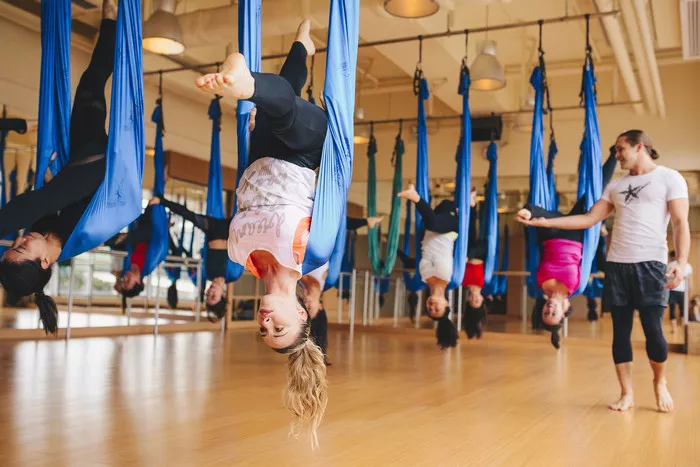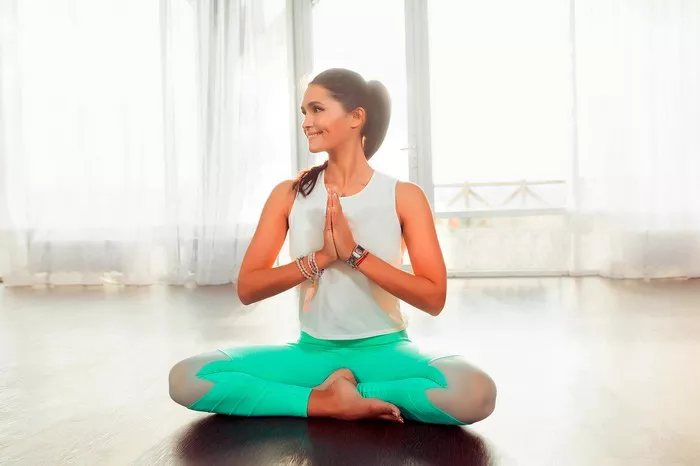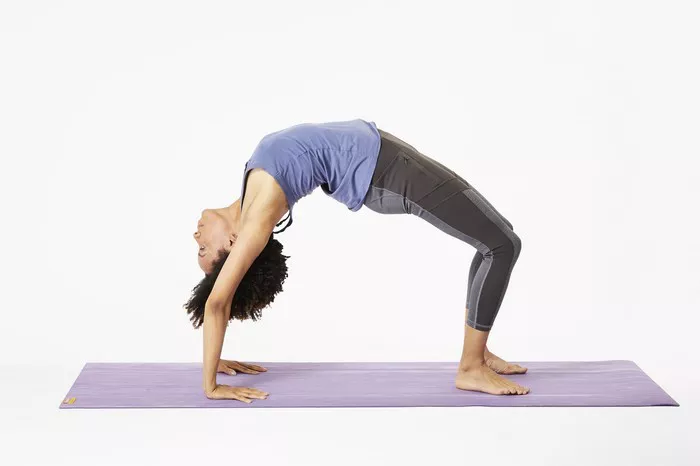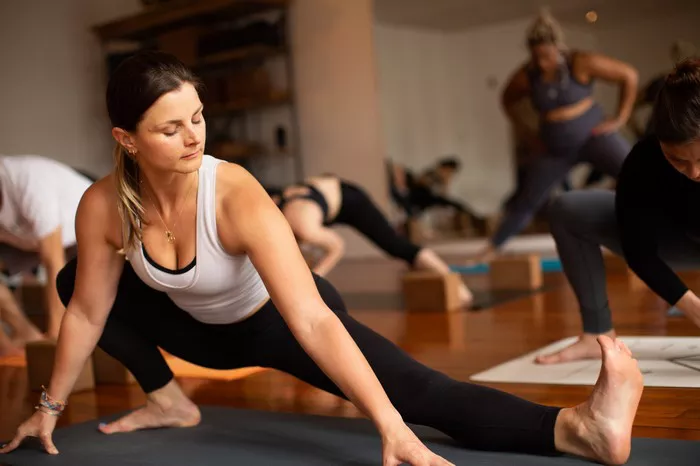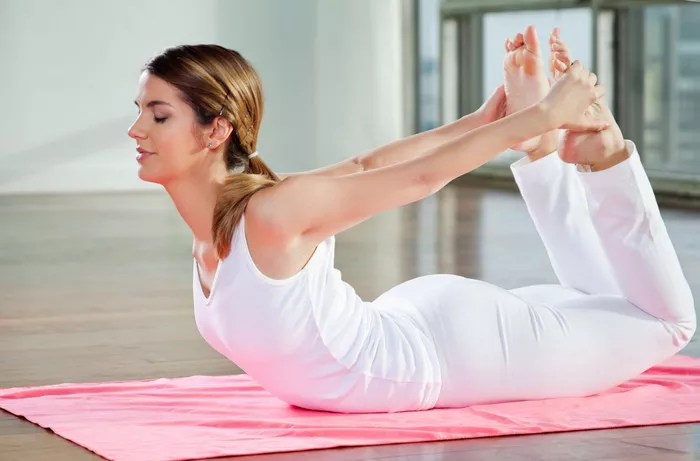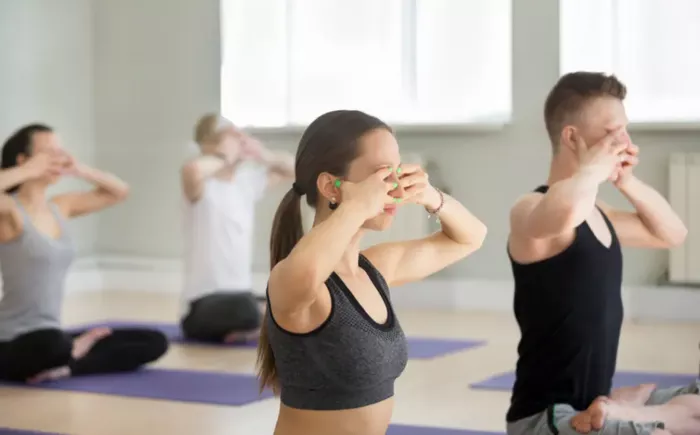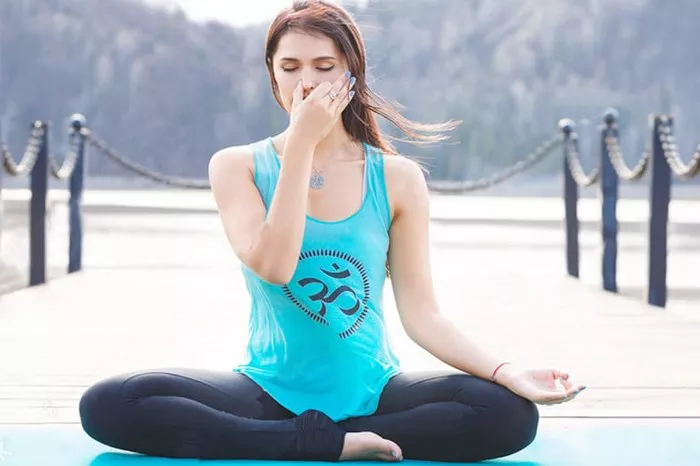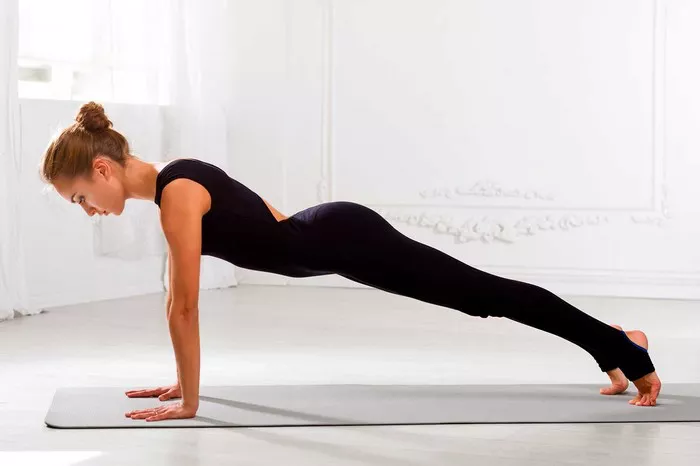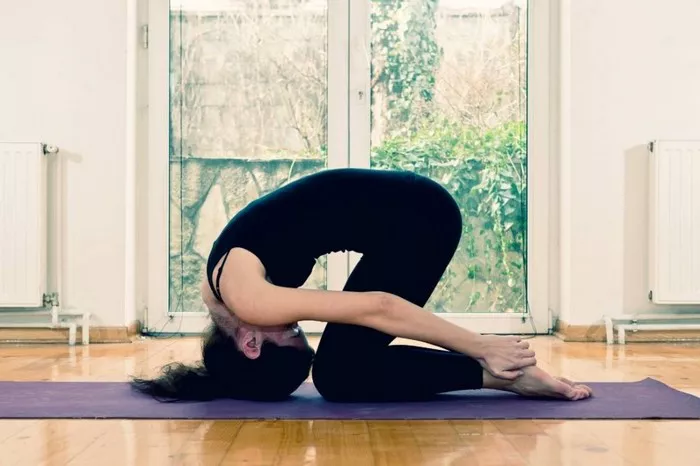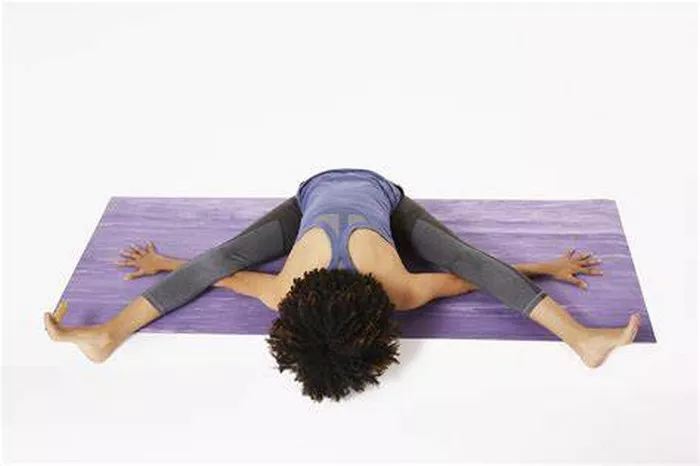Iyengar Yoga is a form of Hatha yoga that focuses on precision, alignment, and the use of props to help practitioners achieve the correct posture safely. Developed by B.K.S. Iyengar, this practice is known for its therapeutic benefits, making it suitable for individuals of all levels, from beginners to advanced yogis. But how often should you practice Iyengar Yoga to gain the most benefits? The answer depends on various factors, including your experience level, goals, and overall physical condition. This article will explore different practice frequencies and how they impact your yoga journey.
Understanding Iyengar Yoga Practice
Iyengar Yoga is unique because it emphasizes proper body alignment and uses props like blocks, straps, and chairs to support practitioners in achieving postures safely and effectively. Unlike some other styles of yoga that focus on flow or intense movement, Iyengar Yoga encourages a mindful approach, holding poses for extended periods to deepen awareness and improve flexibility, strength, and stability.
Since this style is meticulous and methodical, consistency is more important than intensity. Regular practice will help integrate the principles of alignment, breath control, and mental focus into daily life.
Factors Affecting Your Iyengar Yoga Frequency
Before deciding how often to practice Iyengar Yoga, consider the following factors:
1. Your Experience Level
- Beginners (0-6 months): If you are new to Iyengar Yoga, starting with 2-3 sessions per week is ideal. This frequency allows your body to adapt to new movements and postures without feeling overwhelmed.
- Intermediate (6 months – 2 years): Once you are familiar with the fundamental poses and alignment techniques, increasing your practice to 3-5 times a week can help build strength, flexibility, and deeper body awareness.
- Advanced (2+ years): More experienced practitioners may benefit from daily practice or at least 5-6 times per week, incorporating a mix of active and restorative sessions.
2. Your Goals
- General Well-being & Flexibility: If your goal is to improve overall health and flexibility, 2-3 sessions per week can provide noticeable benefits without overwhelming your schedule.
- Strength & Endurance: Those looking to develop strength and endurance should aim for 4-5 sessions per week, including standing postures and core-strengthening poses.
- Therapeutic Benefits: If you are using Iyengar Yoga for injury recovery or managing conditions like back pain or arthritis, follow your teacher’s recommendations. Generally, 3-4 times per week with a focus on restorative poses and props can be beneficial.
- Deepening the Practice: If you want to delve into the philosophy and meditative aspects of Iyengar Yoga, a daily practice (even if only for 30-45 minutes) can be transformative.
3. Physical Condition and Recovery Needs
- Iyengar Yoga can be physically demanding, especially when holding poses for an extended period. If you feel fatigued or experience discomfort, consider alternating between active and restorative sessions.
- If you are recovering from an injury or have a medical condition, consult your teacher for a personalized practice schedule.
Recommended Iyengar Yoga Practice Schedules
Here are some suggested practice schedules based on different lifestyles and goals:
For Beginners (2-3 times per week)
- Focus on foundational poses like Tadasana (Mountain Pose), Trikonasana (Triangle Pose), and Adho Mukha Svanasana (Downward-Facing Dog).
- Use props to support alignment and build confidence.
- Sessions should last between 60-75 minutes.
For Intermediate Practitioners (3-5 times per week)
- Incorporate a mix of standing, seated, and balancing poses.
- Begin exploring inversions like Sarvangasana (Shoulder Stand) with props.
- Sessions should last between 75-90 minutes.
For Advanced Practitioners (5-6 times per week)
- Include more complex asanas such as Sirsasana (Headstand) and backbends.
- Develop a deeper understanding of pranayama (breath control) and meditation.
- Sessions may last 90 minutes or more.
For Therapeutic Practice (3-4 times per week)
- Focus on gentle and restorative poses, using props to aid in healing.
- Sessions should be 60-75 minutes long.
The Importance of Rest and Recovery
Regardless of your level, incorporating rest days is crucial to prevent fatigue and allow muscles to recover. Iyengar Yoga includes restorative poses that can be done on lighter practice days to balance the intensity of active sessions.
Tips for Establishing a Consistent Practice
- Set Realistic Goals: Determine a schedule that fits your lifestyle and commit to it.
- Practice at the Same Time Each Day: Consistency helps reinforce the habit.
- Create a Dedicated Space: A quiet, comfortable area with your yoga props will enhance your practice.
- Listen to Your Body: Avoid overexertion, and modify postures as needed.
- Take Classes with Certified Iyengar Teachers: Proper guidance ensures you maintain correct alignment and reduce the risk of injury.
Final Thoughts
The ideal frequency for practicing Iyengar Yoga depends on your individual goals, experience level, and physical condition. Beginners can start with 2-3 sessions per week and gradually increase frequency as they progress. More experienced practitioners often benefit from 4-6 sessions per week, while therapeutic or restorative practices may require a more tailored schedule. Ultimately, the key to a successful Iyengar Yoga practice is consistency, mindful execution, and listening to your body’s needs.
Whether you are seeking improved flexibility, strength, or mental clarity, Iyengar Yoga offers a transformative path that can be adapted to suit your lifestyle. By practicing regularly, you will cultivate greater awareness, balance, and well-being in both body and mind.
Related Topics:


